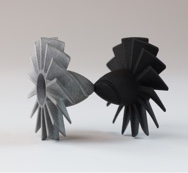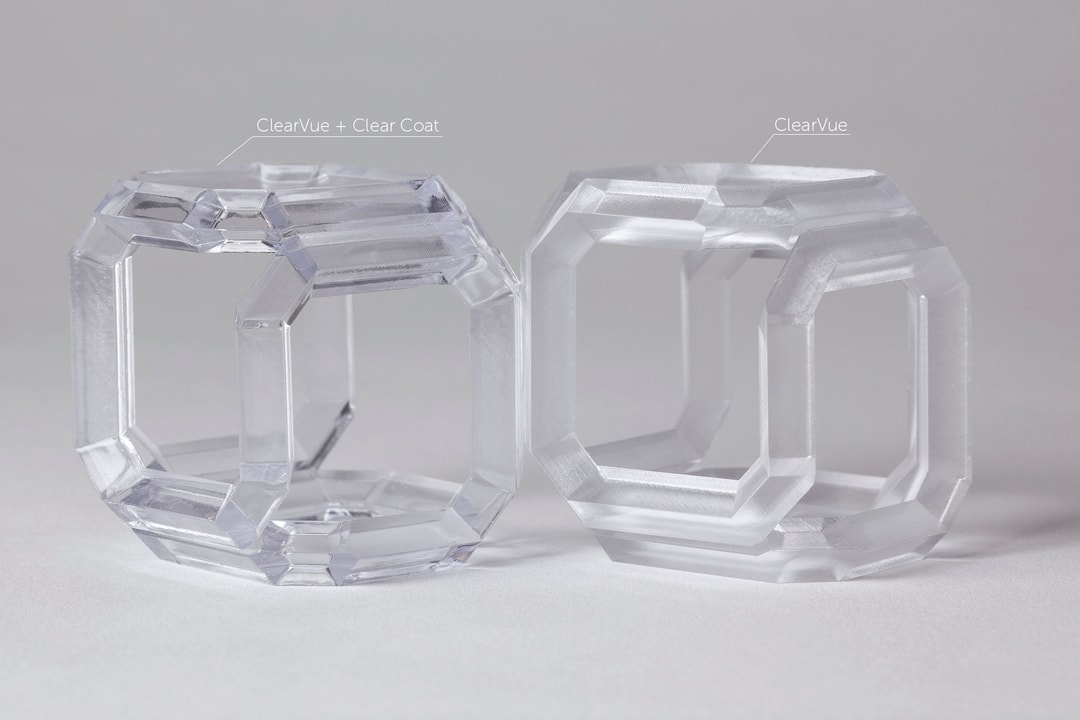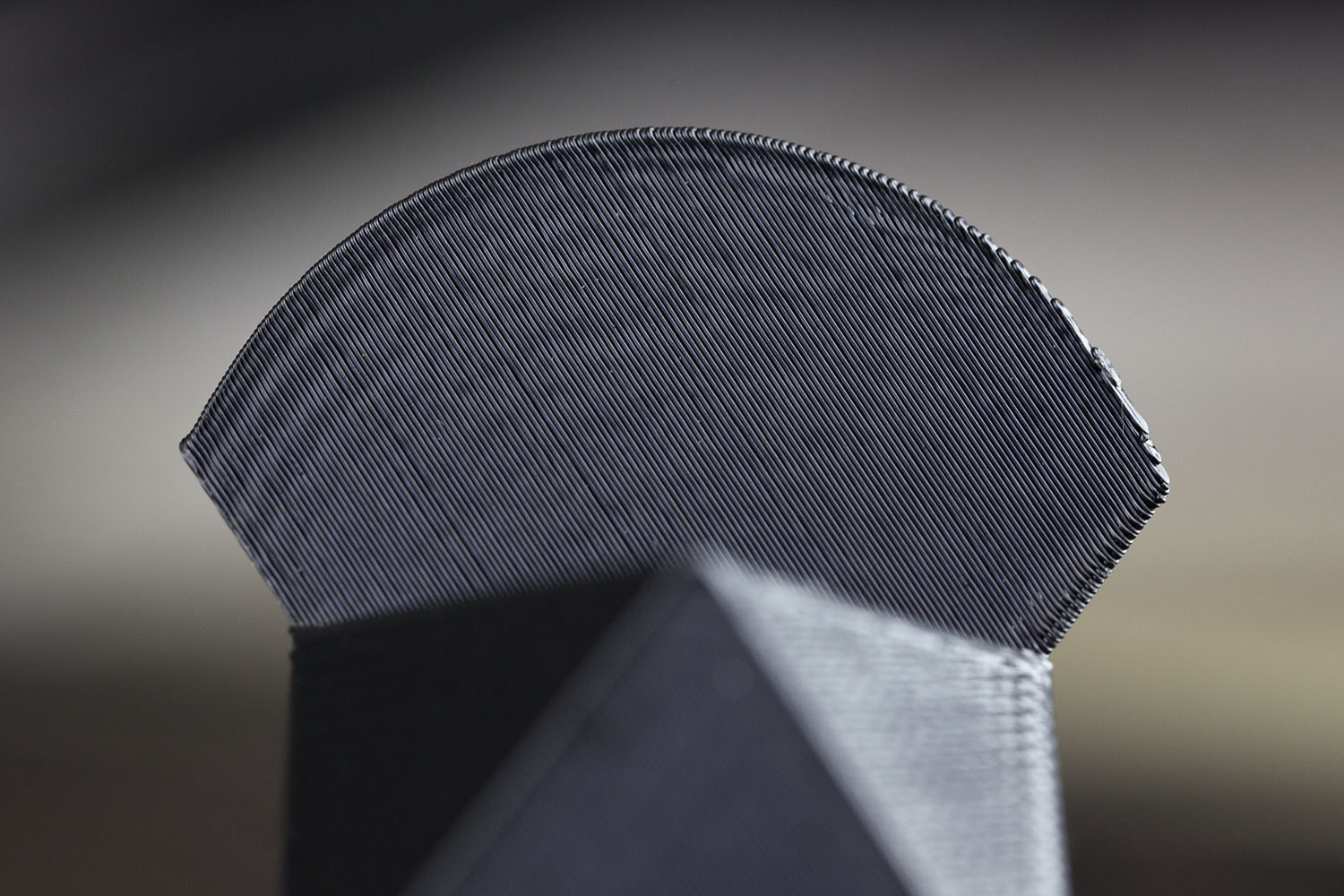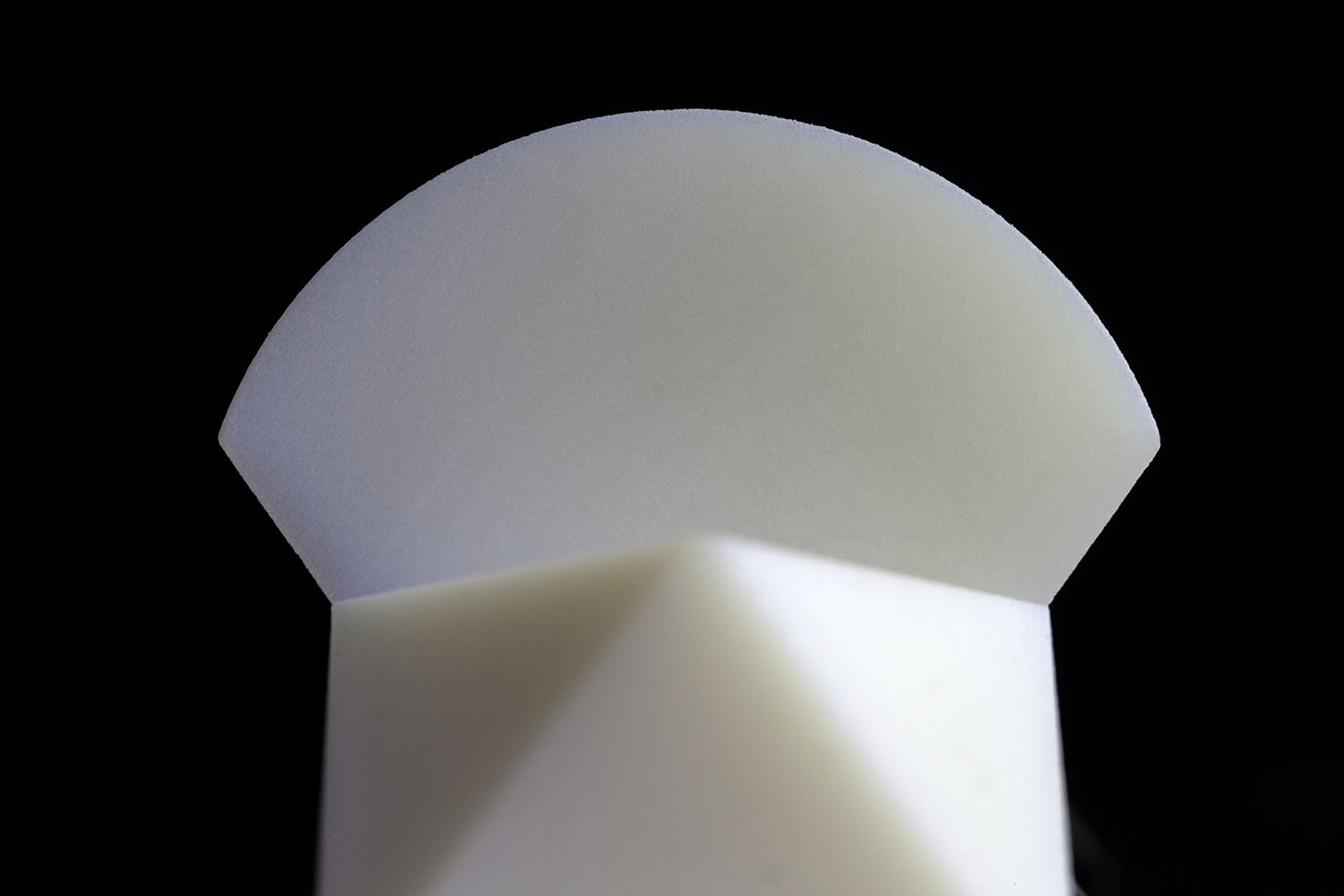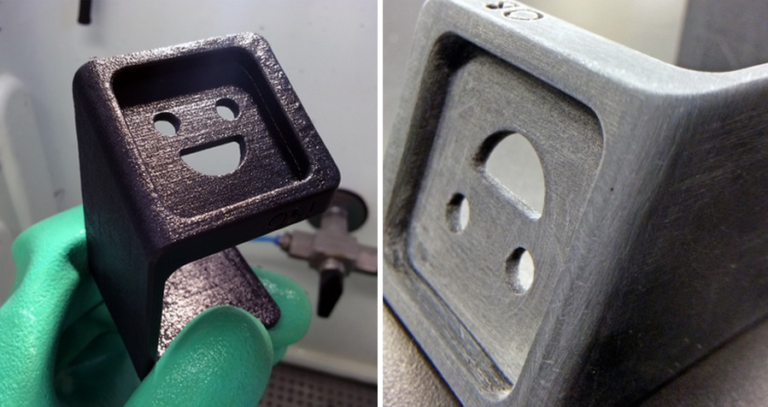About the 3D Printing Process
3D Printing, or additive manufacturing, is a process that utilizes a CAD file (typically an STL) to produce a 3-dimensional part. Objects are produced layer by layer using a variety of different materials and layer adhesion technologies.
Types of 3D Printing
3D printing has evolved significantly over the decades and over time many different technologies have been developed:
Fused Deposition Modeling (FDM) is a common process for early stage prototypes. Machines range from hobbiest-grade to professional grade.
Selective Laser Sintering (SLS) uses high-powered lasers to sinter powdered material, binding it together to create a solid structure. This process is ideal for functional testing, in the low to mid volumes (10s to 100s of units).
Stereolithography (SLA) is known for achieving highly detailed and functionally accurate parts. The technology utilizes a mirror that is programmed to direct an ultraviolet laser to draw and cure a part's cross-section onto a vat of photopolymer resin.
HP® Multi Jet Fusion is a production-grade technology that spreads out a fine layer of powder, deposits a fluid in the desired areas, and then fuses those areas.
PolyJet is a 3D printing technology similar to inkjet document printing, but instead of jetting drops of ink onto paper, PolyJet machines jet layers of liquid photopolymer onto a build tray and instantly cure them with UV light. This process is ideal for visual models and functional prototypes.
Other technologies include: Direct Metal Laser Sintering (DMLS), Digital Light Processing (DLP), Electronic Beam Melting (EBM), Laminated Object Manufacturing (LOM), and others.
Advantages of 3D Printing
Additive manufacturing can provide more flexibility in geometry compared to subtractive manufacturing methods (CNC). Thus, a higher level of complexity can be more easily achieved through 3D printing. Compared with injection molding, 3D printed parts do not require costly tooling, thus technologies like Multi Jet Fusion can be a great option for production parts at lower volumes.
3D Printing Design Considerations
While there are fewer limitations in terms of manufacturability for 3D printing when compared with CNC machining, there are still a few things to keep in mind. Wall thickness is one of the main design considerations to ensure your parts are structurally sound. You can read more about our wall thickness recommendations in this article. When you upload a CAD model to the China Manufacturing parts, Inc. platform, you will receive manufacturability feedback that lets you know of any design risks.
